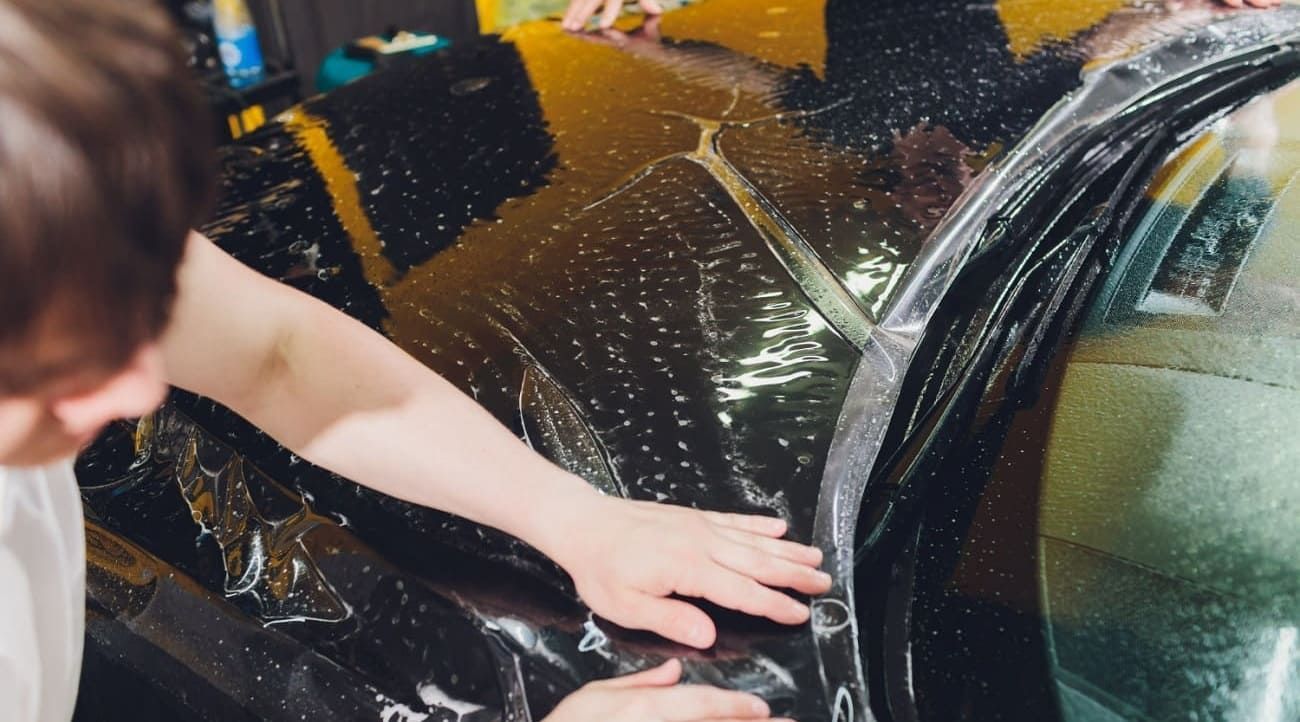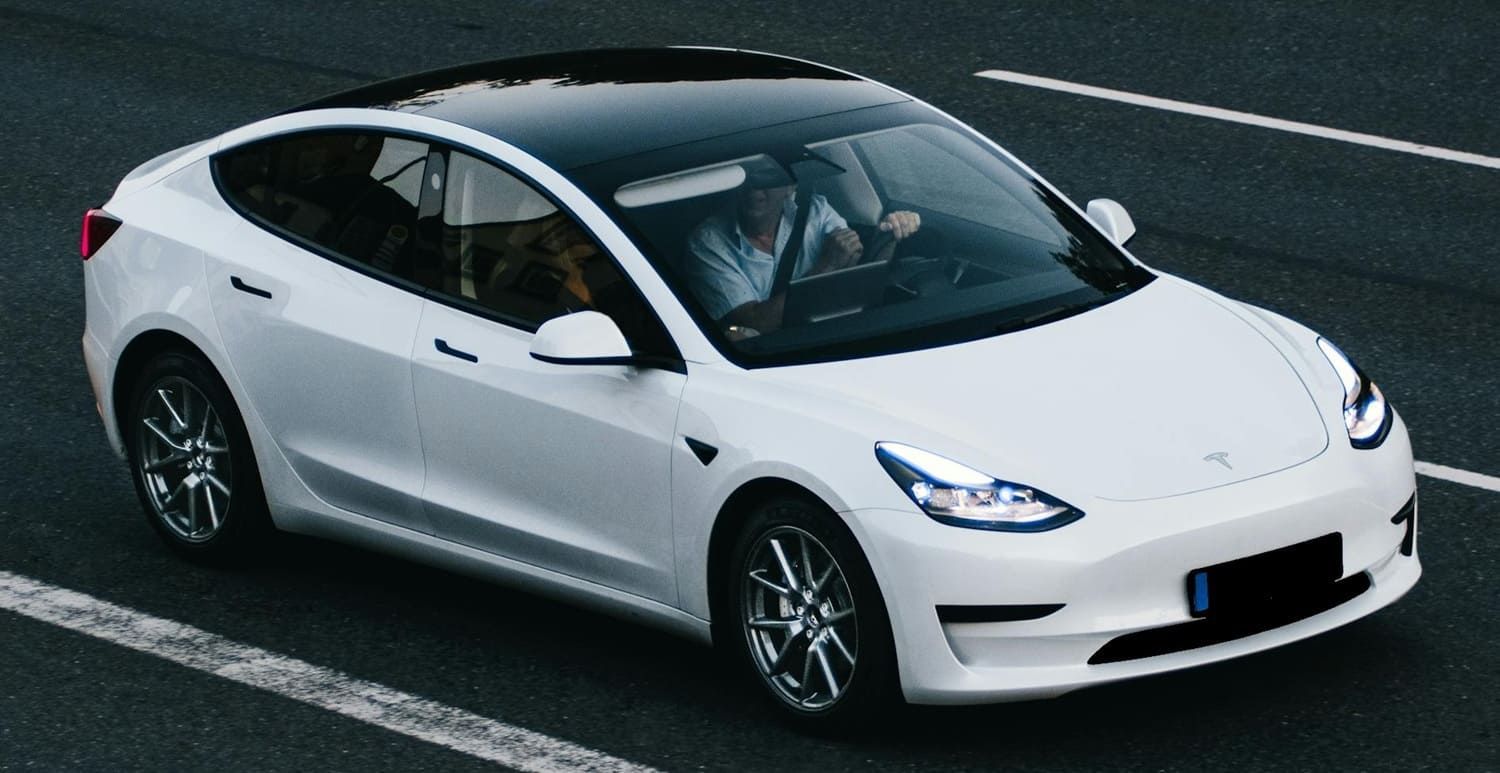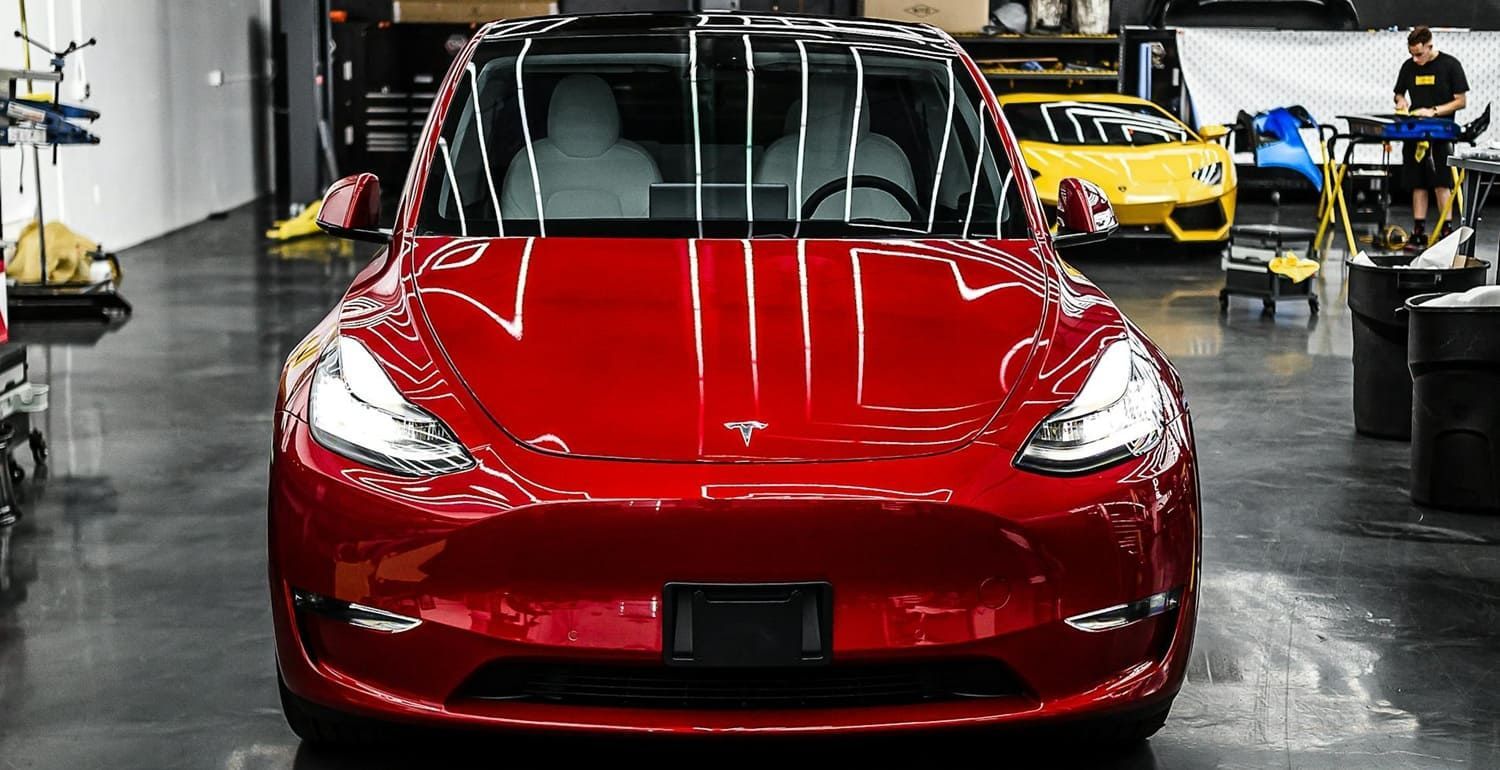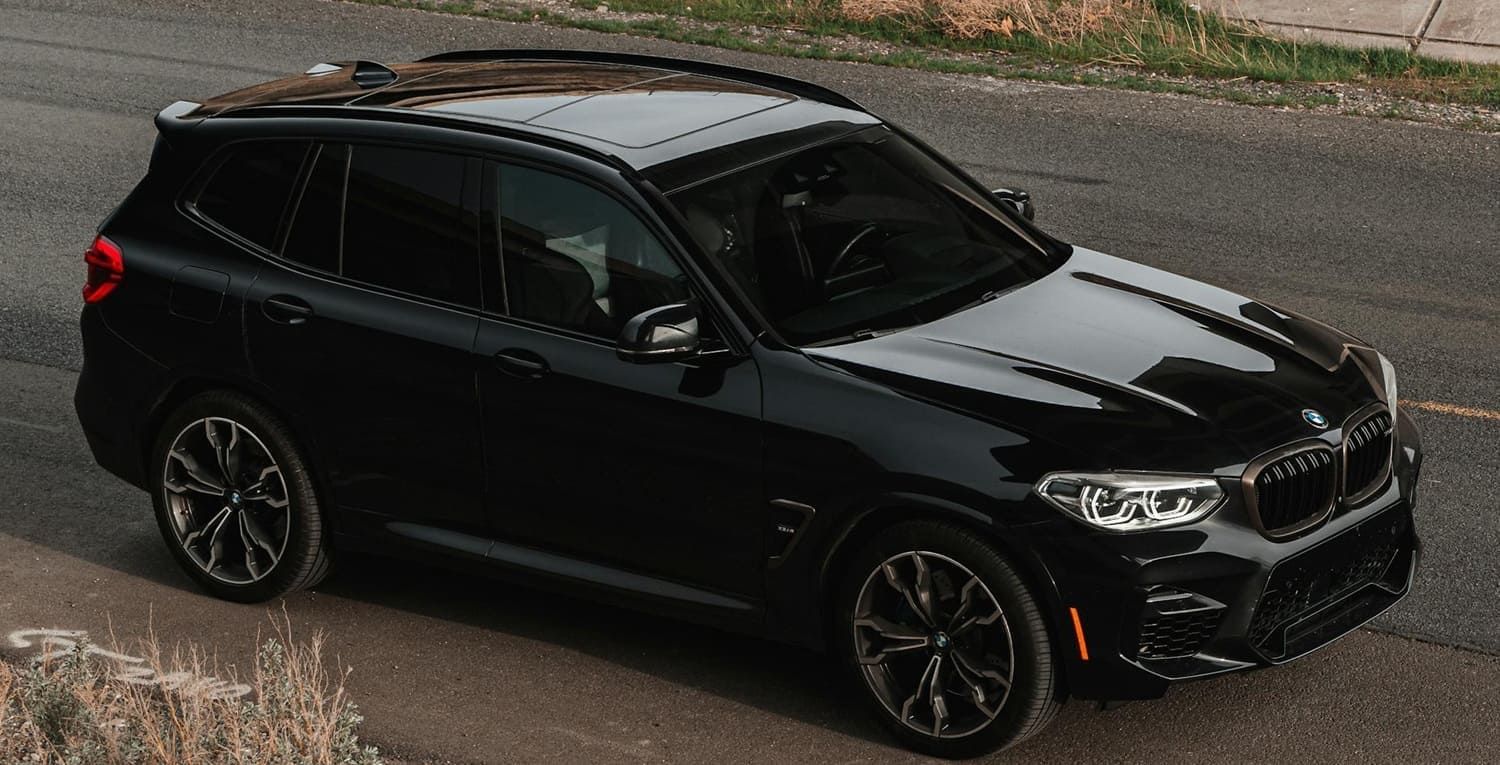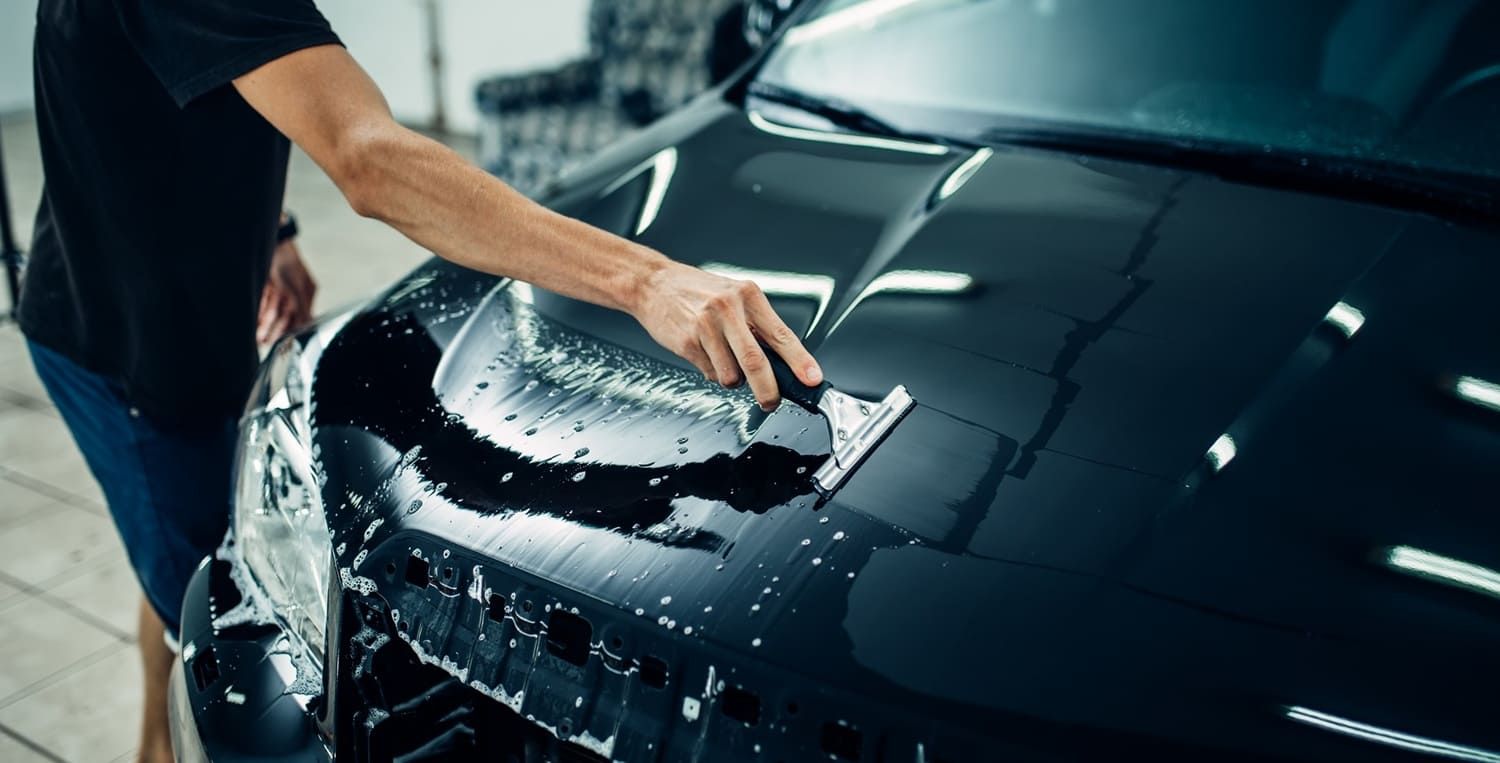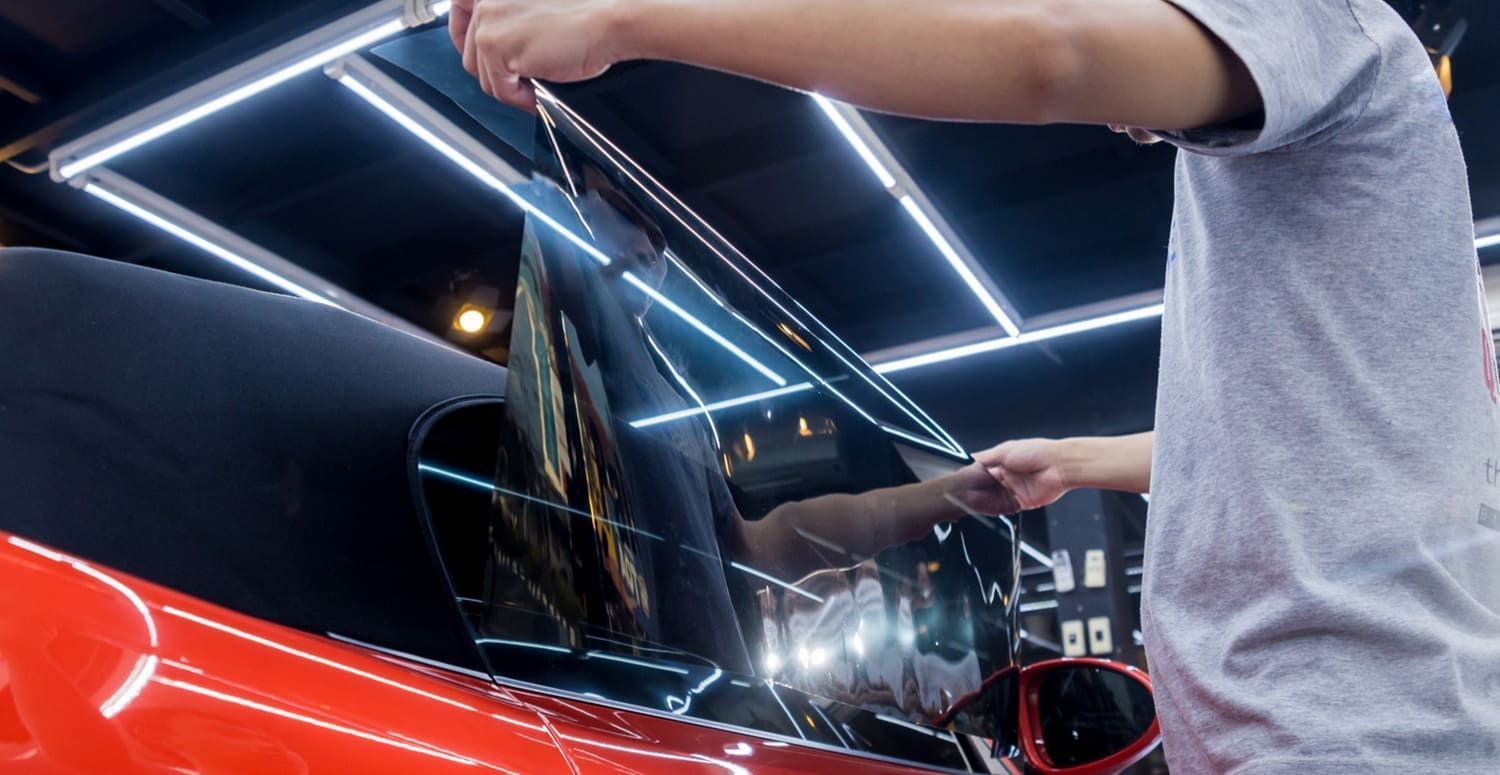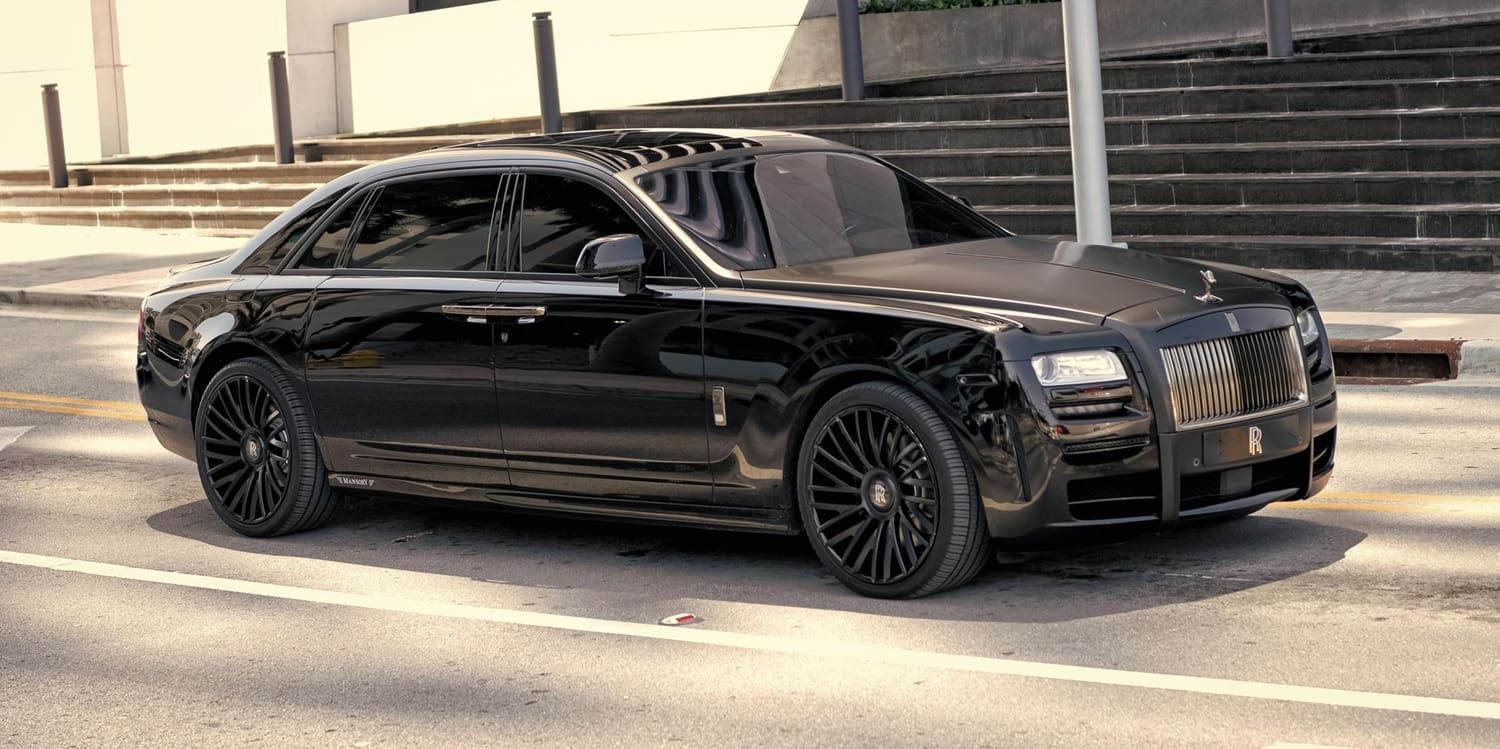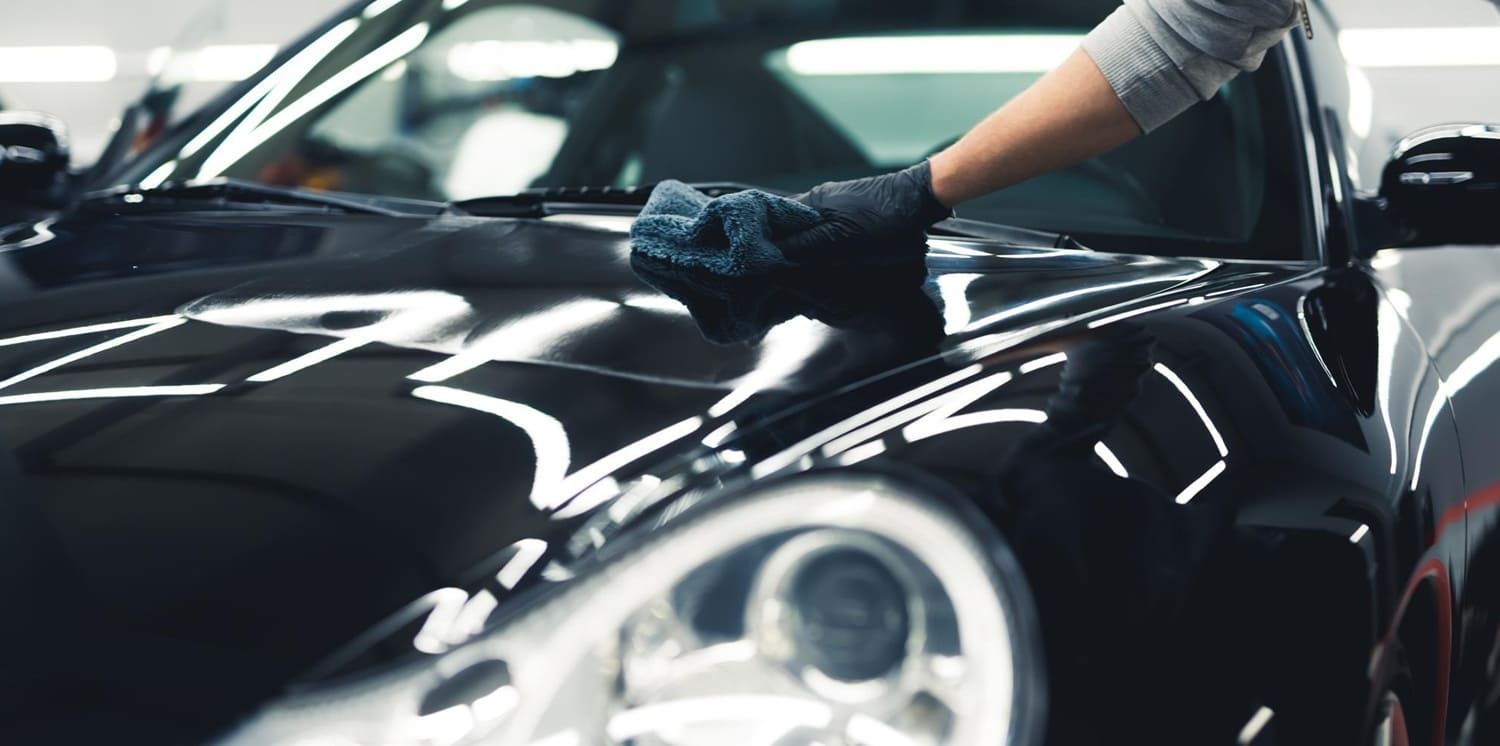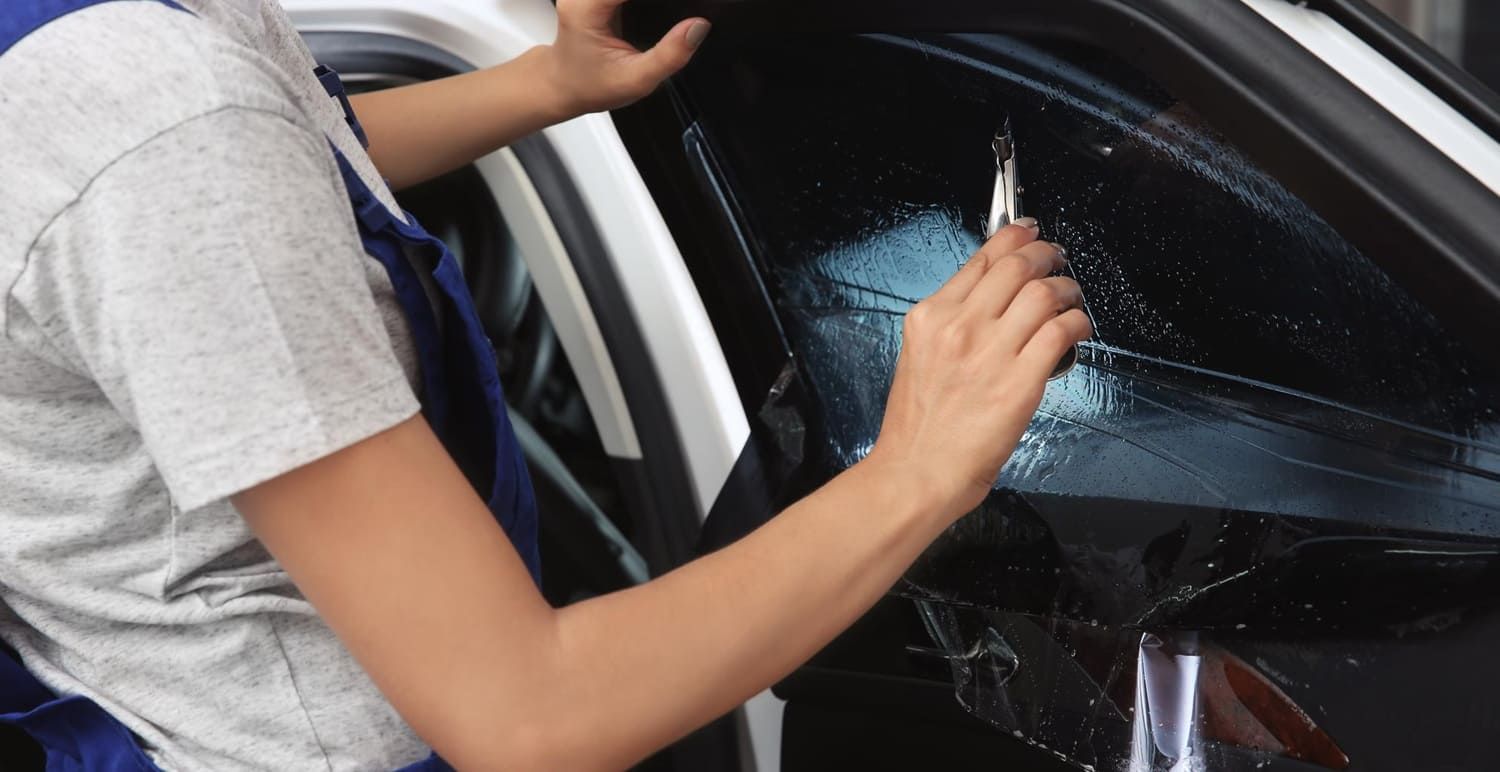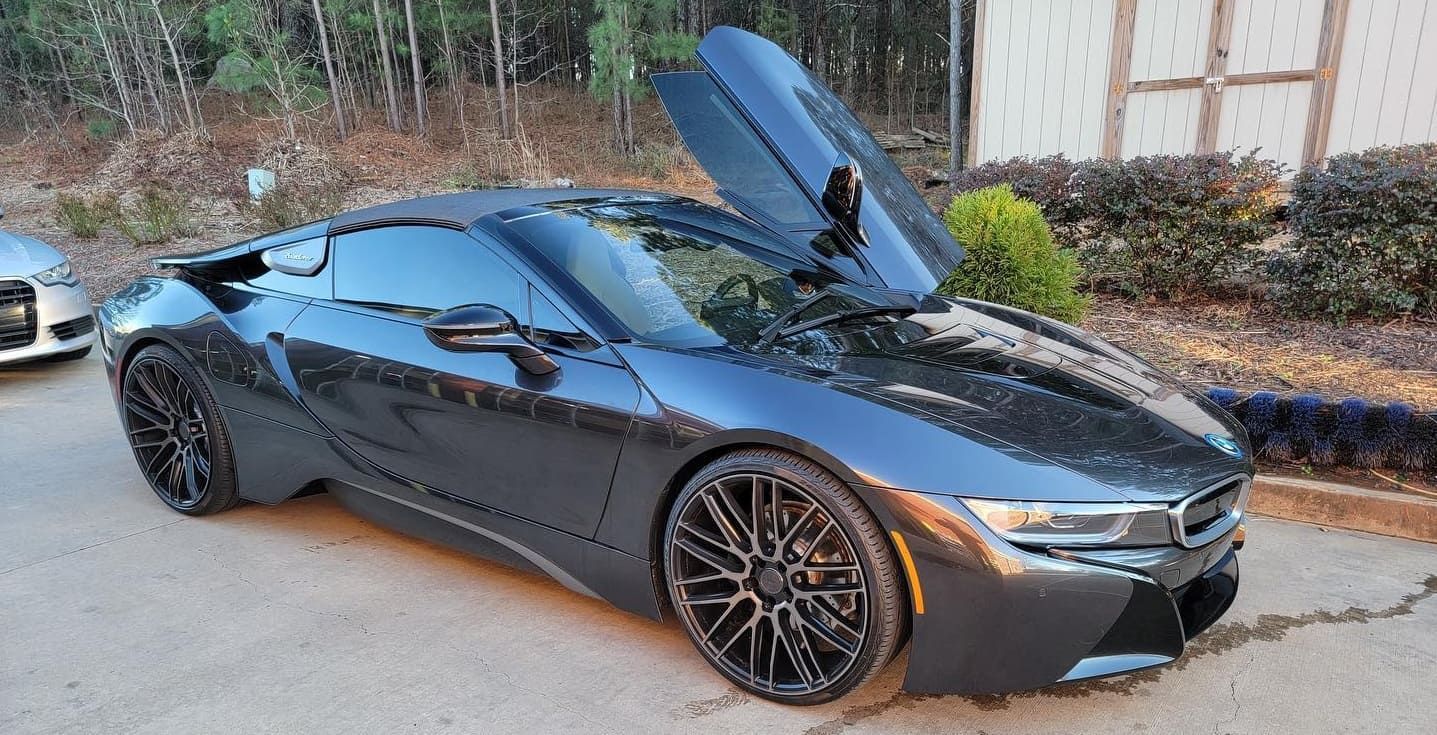What's The Darkest Legal Tint For Cars In Your State?
Want to tint your windows to get that secret agent look? Well, the good news is, you can - to a point. Here's the darkest legal tint you can have in each state.
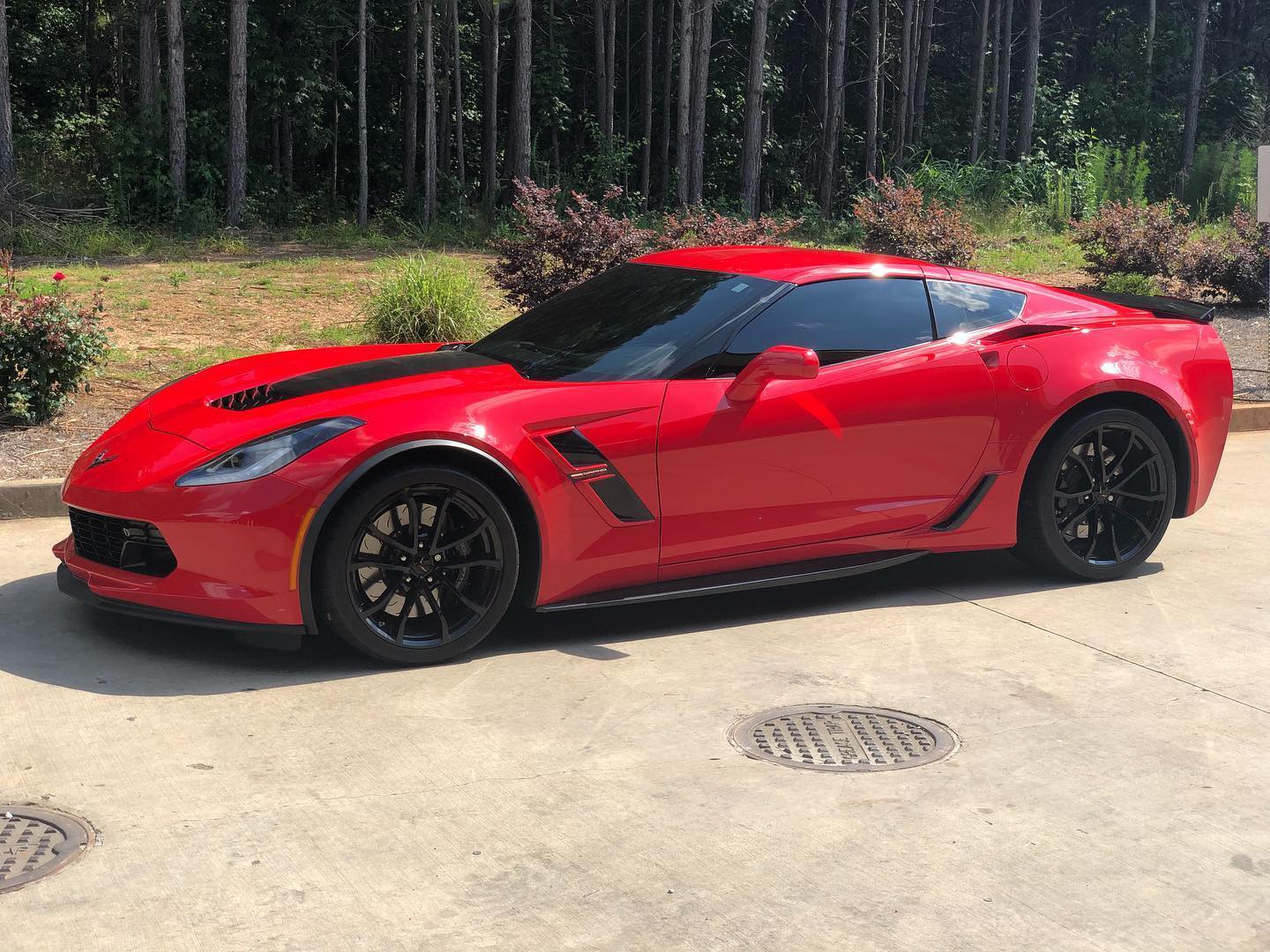
So, you've got a new ride, or you're decking out your current one, and you crave that cool secret-agent look of window tinting.
Or, maybe you are concerned about security and sun protection and want to get tinted windows to combat both.
Either way, you're interested in car window tinting, and you want that tint as dark as possible.
But, there's legal tint, and there's illegal tint...and it varies from state-to-state, as well by window type. Before you invest the money in tinting, you need to know the legal tint numbers for your state.
Here's some important info to consider before you invest in auto window tinting.
Things to Know First
VLT %
Light transmission is the amount of light a window will let in, or not, in the case of tinting. This transmission is usually measured in a percentage and is called the Visual Light Transmission, (VLT.) The lower the VLT%, the darker the tint.
Tinting Shades
A typical light tint allows @70 percent of the light in. A medium tint is about 20 percent, and a super-dark "limo tint" allows only about 5 percent of light through.
Keep in mind that today's new cars come with glass already tinted from the factory. You must know the factory VLT before you add any more tinting yourself.
To find your total tint, multiply the percentage of the factory tint by the percentage shade you want to add. Make sure the result is within your state guidelines.
The AS-1 number
AS stands for American Standard, and the number 1 indicates the clearest glass (at least 70% light transmission.) It is usually located at the edge of your windshield about 5 or 6 inches from the top of the shield.
One rule common to almost all states: no aftermarket tint is allowed belowthe front windshield's AS1 line.
State-By-State Standards For Legal Tint
Each state in the US has a standard set of rules for car window tinting.
For example, here are the rules for Georgia:
- Front windshields: tinting NOT permitted.
- Rear and Side/Door windows: may not be applied or affixed to the rear windshield or the side or door windows so that light transmission is reduced to less than 32%, plus or minus 3% or light reflectance increased to more than 20%.
- Exceptions: The restrictions do not apply to the rear and side windows, except those windows to the right and left of the driver, of any multipurpose passenger vehicle, school bus, church or another nonprofit organization van, limousine owned or leased by a public or private entity, any vehicles with windows that were tinted before factory delivery or are permitted by federal law or regulation.
In contrast, a much stricter state is New Jersey, where little to no tinting is permitted.
Call a Trusted Auto Tinting Company
Once you've become familiar with the car window tinting laws in your area, you need to contact Maximum Shade Tinting, your trusted and experienced auto tint installer.
We can assess the best car window tinting based on your car's specs, and will give your ride a legal tint that offers both security and style!


